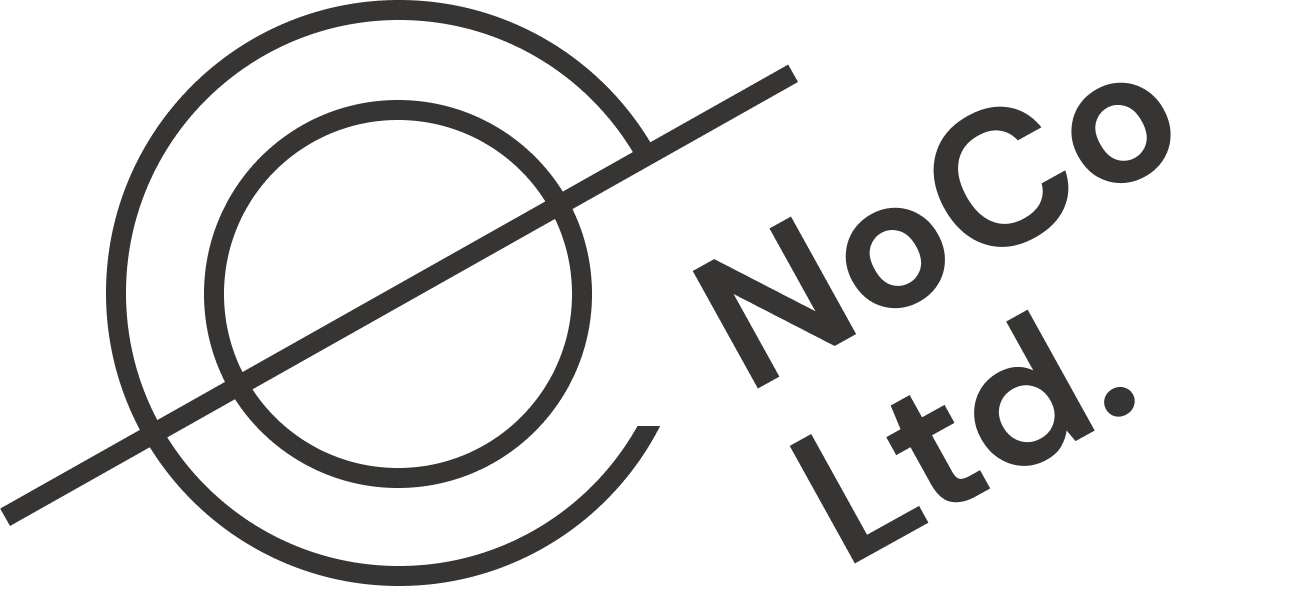How to… design your team
We’re at our best when we are sitting across a metaphorical small round table, warm beverages in hand, giving advice to people we want to help succeed. (It’s Cawfee Tawk, bubbelehs. Advice like buttah.) Do you have a question? Send it over!
Question:
We spun up a creative team about a year ago and have gotten in some good reps together as a core crew of Designers and Writers. Looking ahead, we want to be able to do more of what we’re doing, but we’re not sure which roles to bring on, and when. How do we plan for team growth without overextending ourselves?
NoCo Answer:
It’s great that you’re being thoughtful about growth. We often see teams adding roles in an impulsive way, instead of thinking holistically about team design. The fact that you’ve formed a core of folks who know how to ship work together means you have a strong foundation. You always want to prove out the central delivery model and business viability by starting with the minimum viable team, validating that your offering is lucrative and sustainable.
Your offering will determine most of the variables when it comes to team design, so it’s important to be very clear about what you do and who you do it for. This clarity allows you to match the essential team members’ skills to business needs, an approach that will keep you profitable. There are team design formulas for delivering certain kinds of work (though, even as we type, AI is certainly challenging some of those). It sounds like yours is the classic “Art & Copy” model. (Art and Technology is another common model when the delivery is digital forward.)
If you’re like most teams, you’ve started off with very senior practitioners in your core crew of designers and writers. Your next hire depends on your pain points, but it’s likely one or all of the following categories:
Mid-level Designer: this role should take daily design execution tasks off the plate of more senior designers. That will not only provide the time and brain space for the creative lead to concept, direct, and elevate the work, but also start mentoring and building levels into your team design—building longevity into your team. If you don’t have enough seniority on the team already, though, this could be a more senior hire.
Senior Producer: this role takes the mechanics of delivery off your design/writing team’s plate so they can focus on the expectations of delivery. An experienced integrated Producer is a very important early hire in a service business because their capabilities ensure success across business, clients/stakeholders, team, and project/program/product. The return on investment for a skilled Producer comes from their ability to architect successful project outcomes, implement proper team integration, and provide critical business intelligence. (For in-house teams, it’s a critical role to add when you’re ready to scale.) We’ve written in greater detail about how to make your first Producer hire.
Senior Strategist: strategy is an area where you don’t want to skimp if you’re anywhere upstream of execution, even if the founder/executives play this role—especially if they play this role early on. The longer you’re dependent on a founder to be in the weeds, the longer the business thinking will struggle to be the most innovative, strategic vision it can be.
The team’s recipe (the number of people in roles/disciplines) adjusts quite a bit as you grow. Like baking, you should not double every single ingredient as you scale. The number of people who are doing the making should grow at a faster rate than those who focus on business and vision. In other words, there should be more craft-delivery roles than leaders.
When you’re very small and everyone has their hands in the work, the financial model works as long as you’re pricing properly and keeping the projects flowing. As you scale, there will be a shaky point where some of the roles you need become less billable as the need grows for operational support. There’s a sweet spot just beyond this phase in which you invest in your infrastructure with a healthier financial model. To get there, though, you need to be very strategic as you move through that awkward middle step—it’s often the best time to call in experts like us to guide you.
Don’t get over your skis by hiring at an unsustainable pace that isn’t supported by the demand for your work. If you’re bringing on someone for a full-time role, you need to make sure you can provide longevity and stability for their career, so it is vitally important to know how to run financial models based on forecasted revenue to confirm the hire is feasible. If you have staffing needs on projects that financial modeling indicates you can’t support as an FTE, you should start by hiring freelancers. While you shouldn't rush to add headcount before the business can sustain it, you also don’t want to slow-play it too much, because being over capacity will burn out your core team. We’ve developed some really helpful spreadsheets that help us analyze the financial case for team design scenarios quickly, taking into account more than just the obvious numbers.
The signals from your clients should show you where there is consistent demand (which is why it’s important to have highly skilled practitioners closely working with the client), and the signals from leaders tell you where the team is showing persistent painpoints. Since we have built and scaled many teams, we know the tell-tale signs to look for that help you make the smartest hires to build the right team, so if your next move isn’t clear, reach out! We can help you get unstuck.
Optimal team design is both an art and a science that can be practiced under any conditions.

